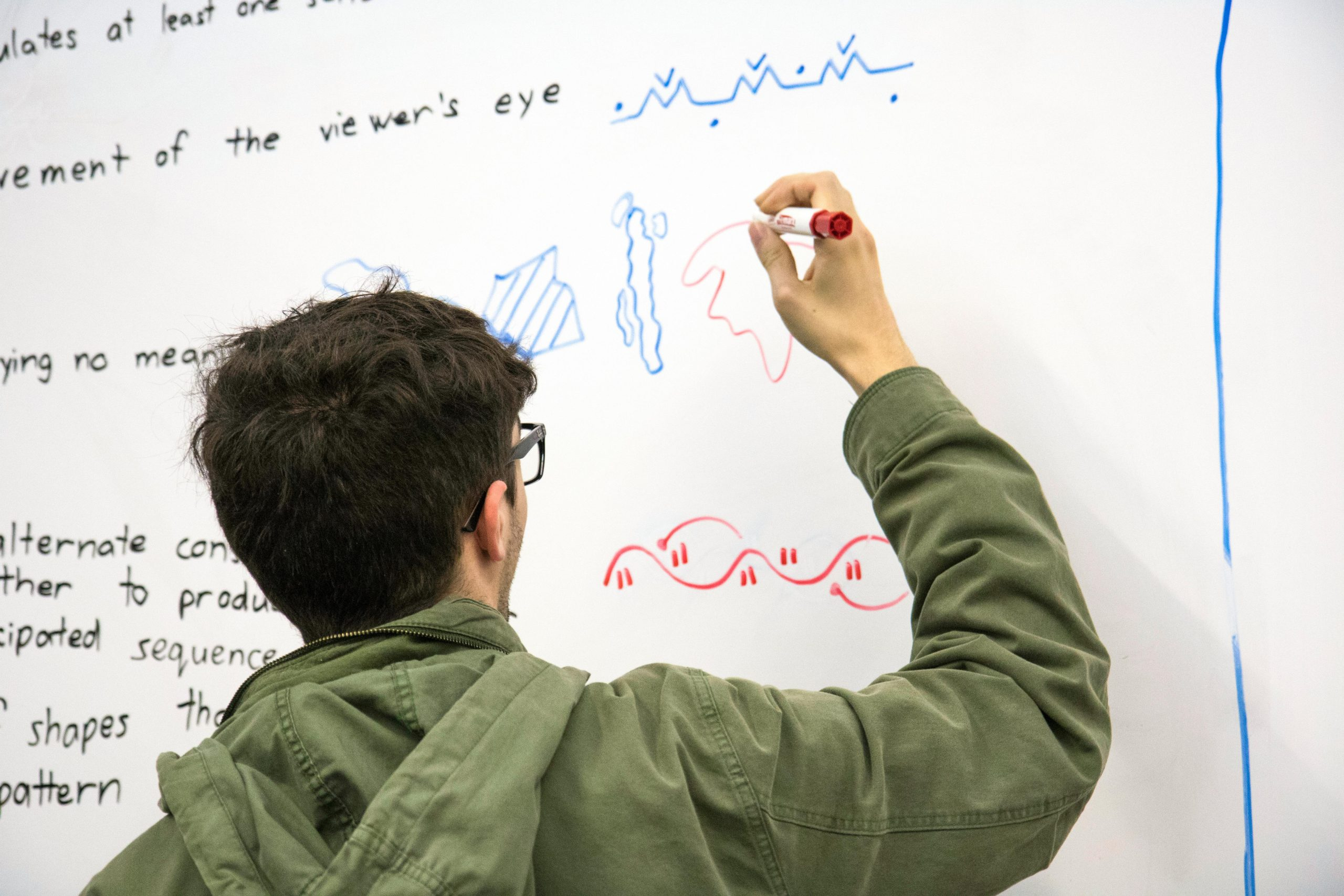Innovative Approaches to Teaching Abstract Mathematical Concepts
The study of mathematics is often associated with abstract concepts that can be challenging for many students to understand and apply. This can lead to frustration and disinterest in the subject, resulting in a lack of engagement and poor academic performance. As educators, it is crucial to find innovative approaches to teaching abstract mathematical concepts in order to make it more accessible and engaging for students.
What Are Abstract Mathematical Concepts?
Abstract mathematical concepts are ideas and theories that do not have a tangible or physical representation. Examples of these concepts include algebraic equations, geometric proofs, and complex number systems. While these concepts are essential in developing critical thinking and problem-solving skills, they can also be difficult to grasp for students who struggle with abstract reasoning.
The Importance of Innovative Teaching Approaches
Traditional teaching methods, such as lectures and textbooks, may not be effective in helping students fully understand abstract mathematical concepts. These methods often rely on rote memorization and fail to engage students in critical thinking and active learning. This is why it is crucial for educators to seek out innovative approaches that can effectively bridge the gap between abstract ideas and tangible understanding.
Utilizing Technology
Incorporating technology in the teaching of abstract mathematical concepts can be a powerful tool in engaging students and making the subject more accessible. Interactive learning platforms, virtual manipulatives, and educational apps can help students visualize and interact with abstract concepts in a more concrete way. This can aid in deepening their understanding and provide opportunities for students to actively participate in the learning process.
Real-World Applications
Connecting abstract mathematical concepts to real-world applications can effectively make it more relatable and meaningful for students. This approach can help students see the practical applications of mathematical concepts and how they relate to their daily lives. It also allows for the teaching of abstract ideas in a more contextualized and relevant manner.
Collaborative Learning
Collaborative learning allows students to work together, exchange ideas, and challenge each other’s understanding. It promotes active learning and encourages students to ask questions and seek clarification. When applied to teaching abstract mathematical concepts, collaborative learning can provide a more inclusive and supportive environment for students to learn from their peers and engage in critical thinking.
Visual Aids and Analogies
Visual aids, such as diagrams and graphs, can be powerful tools in helping students understand abstract concepts. They can be used to illustrate complex ideas and make them more tangible for students. Analogies, on the other hand, can be used to relate abstract mathematical concepts to familiar ideas or concepts, making them easier to understand and remember.
Conclusion
In conclusion, teaching abstract mathematical concepts requires innovative approaches that can effectively engage students and make the subject more accessible. By utilizing technology, real-world applications, collaborative learning, and visual aids, educators can bridge the gap between abstract ideas and tangible understanding, ultimately leading to improved academic performance and increased interest in the subject. It is essential for educators to continuously seek out and implement innovative teaching approaches to make mathematics a more enjoyable and meaningful learning experience for students.










